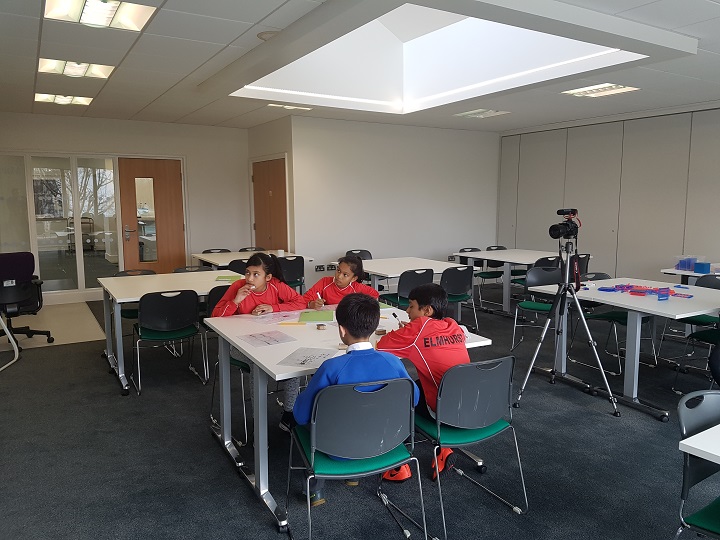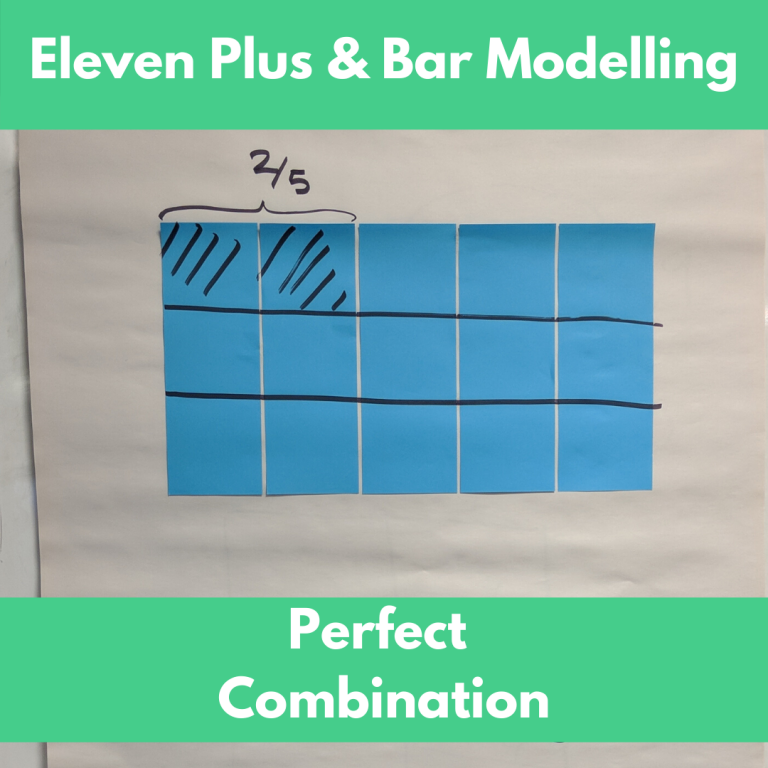If you have ever come across bar modelling training before but thought it wasn’t for you or your school then we would like to explain why we feel it should be in all schools!
Bar Modelling is not just a strategy for problem-solving, it’s much more than that. Our Bar Modelling training can focus on problem-solving, no doubt, but we also have options where we look at how to teach certain topics by using bar models. Many children feel as though they just don’t understand maths as we introduce so many rules that really don’t make any sense. How many times have you heard the rule to add 10 when looking at a number line? Just jump down one right? Well, children have no conceptual understanding when we teach in this way.
When it comes to the teaching of maths, many schools have failed to understand the key question, WHY? Why MUST come before HOW in Maths and due to a lack of understanding ourselves, many teachers fail to address this question of “why” does that work and we rather just jump into HOW it works and therefore teaching our pupils an algorithm is typically what we end up doing.
Bar Modelling allows our pupils to be able to visualise maths from an early age and the promotion and encouragement for visualisation has to come from teachers as pupils will not know any better. Visualisation has clear benefits for pupils and if we think about our EYFS training on Ten-Frames, we see the “aha” moments our teachers have when they realise that seeing 5 in this way:
How did you know instantly it was 5? It’s because we have a clear mental image of 5 in this way, similarly for other more complex topics in maths, if we don’t create a clear mental image then we risk a generation of children not understanding why they are doing something, why something works but instead, like a calculator or a computer they just do, without understanding. Watch this interview with the head of Year 1 from Elmhurst Primary school, in East London, where she describes the impact visualisation from using ten-frames has had in her school.
As educators, we do realise this and in all the years of delivering Math CPD, we have only come across one senior leader who has openly said that children don’t have to understand, “They just have to do as we say!” Many of us are not sure why some things work in maths, especially algorithms and that is why a good professional development map should be one of the most important elements a school should invest their time on. Without our own teachers understanding maths, what chance will our children have of understanding maths?
Bar Modelling Training
Bar Modelling training can focus on understanding problem-solving questions and be able to conquer them. Bar Modelling is widely regarded as a problem-solver for problem-solving but in fact, it can be much more than that. Seeing maths should be a priority in each and every classroom in the world and we know bar models help immensely with this and therefore our faster learners can finally explain what they are doing and why rather than just shrugging their shoulders and saying, “I just did it!” or “It just works!” when asked how or why. It also gives easier access for our slower learners to really see the maths working in front of them and actually give them a feeling of being empowered as they can control the maths using manipulatives.
Contact us to discuss your maths CPD needs.






